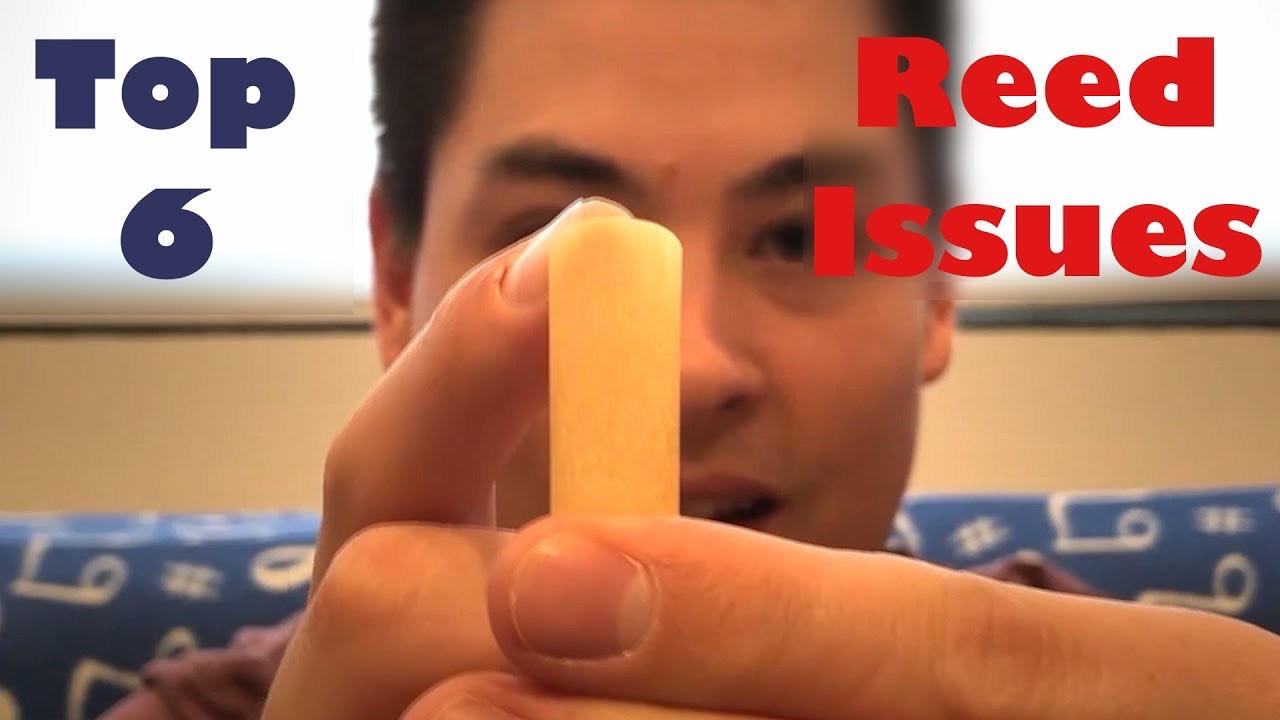Sometimes it is the Reed's Fault

Before I get into when it is alright to blame the reed, I want to really quickly and very importantly say that a lot of times it is NOT the reed's fault! Almost all of the issues that arise in the video can be encountered by poor clarinet fundamentals as well.
With that out of the way, I want to start off with directing you to the video I just mentioned. Here is a link to a video where I go over the Top 6 Reed Issues: https://youtu.be/jsGfOAKDP9M
If you prefer reading, here is a brief synopsis of each issue:
1. Too Soft
These reeds tend to sound quite thin in the louder or higher notes, and have really unpredictable note beginnings. They may squeak and squawk, and make it almost impossible to play with a clear focused sound. Much of these same problems will come up if you are putting too much embouchure pressure on the reed.
2. Too Hard
Hard reeds just feel bad to play. It is hard to get notes to come out, you run out of air really quickly, and it takes a lot of work to sound alright. Ironically enough you may get this issue, as well, if your embouchure is putting too much pressure on the reed. However, if it is a really fuzzy sound as well, it is likely that your bottom lip is too soggy and is dampening the vibrations of the reed. Of course, if you feel like your embouchure is in good shape, then it is probably just the reed!
3. Waterlogged
This happens if you play on the same reed all the time, especially if you play for long periods at a time. Waterlogged reeds can have symptoms of feeling too hard or too soft, but the best indication is that the tip of the reed will be very light and almost translucent. Check out the video for the way it looks.
4. Off Center or Unbalanced
If your reed isn't on straight then the part vibrating against the mouthpiece will be denser on one side. This can also come up if the reed is just naturally more dense on one side, even if the reed is on perfectly straight. This will cause note beginnings to be less responsive, and can even cause little chirps in the sound as you move from note to note or when trying to start notes.
5. Split/Cracked
A small split in the reed can be very deceptive. A reed may work fine one moment and then suddenly it almost seizes up and goes very bad. This happens because when both sides of the split are working well together everything seems alright, but once the crack opens up and they get out of coordination it becomes almost unplayable.
6. Just No...
If your reed no longer looks similar to a reed out of the package. It has big chunks out of it, it is black or green, etc. It is no longer the best for playing. You may be able to get a sound, but there is so much adjusting that your air and embouchure has to do to make it work that you are likely creating bad habits to compensate for your reed. This is also likely true if you are still playing on a Rico Orange Box Size 2 reed and have been playing longer than a few weeks...
So next time you are doing your long tones, and struggling to really get the sound that you want. First, make sure that you are doing everything you can to ensure you have good clarinet fundamentals. Then, check and see if your reed is suffering from any of the aforementioned issues!
Happy Practicing and Reed Picking,
Josh